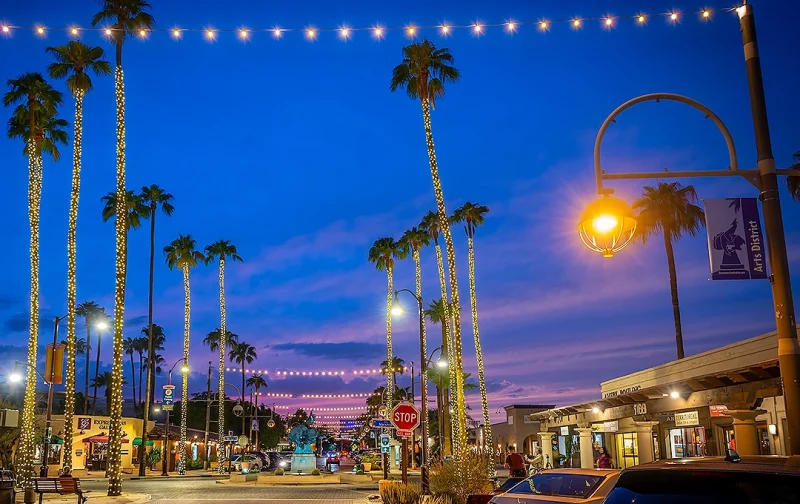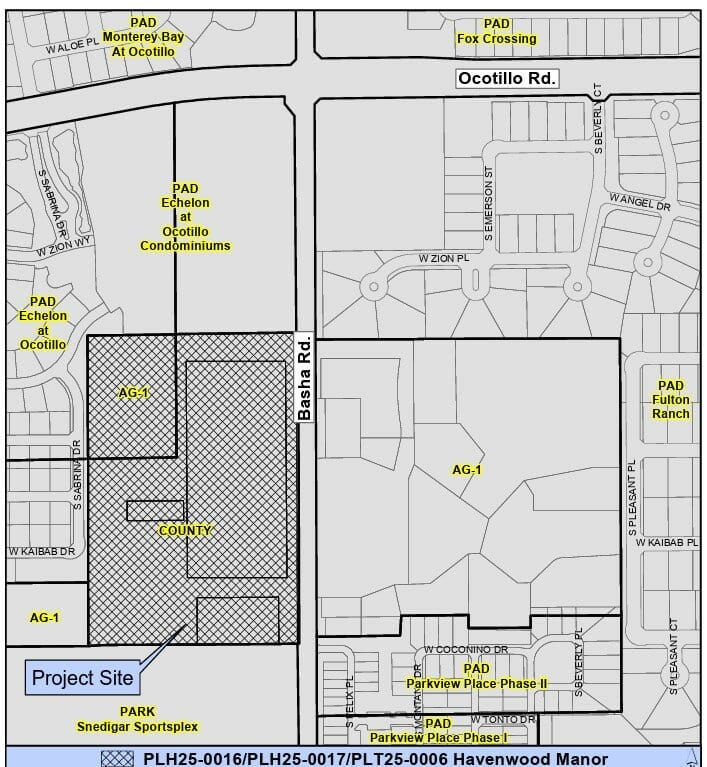
When a neighborhood isn’t rich–but isn’t poor–government tends to forget about it.
By Alan Greenblatt | Governing
Gregory James bought his house way back in 1972. As he looks around at the stone-fronted rowhouses that line either side of his street in the Mt. Airy section of Philadelphia, he considers himself a relative newcomer. Out of 72 houses on the block, he counts 15 that are still occupied by the families who were already residing there when James arrived. Back in the 1970s, this part of Philadelphia was a choice neighborhood for middle-class blacks who were able to move themselves out of rougher parts of town.
Now the homes in Mt. Airy are aging, and so is the infrastructure around them. The houses may be structurally sound, but not enough attention is being paid to the condition of things like driveways, curbs and retaining walls. James complains that the city itself sometimes ignores his community. There are certainly neighborhoods that are worse off, but you don’t have to travel far to find others where services such as trash pickup are noticeably better. “When you go further north, it’s better, and when you go south, it’s worse,” says James. “If you stay here, you’re caught in the middle.”








